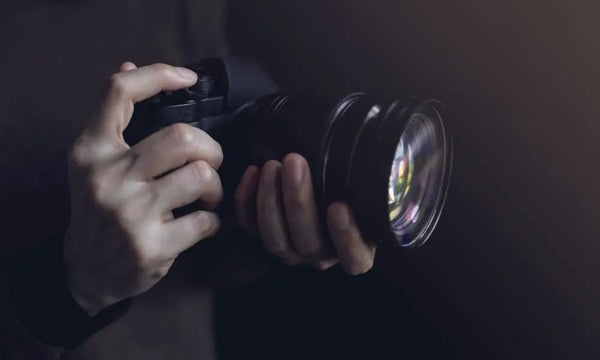
5 Essential Camera Angles To Tell Your Story
Picture this: you’re preparing to create a captivating visual story, whether it’s a short film, a documentary, or even a vlog. Your story is compelling, your characters are intriguing, and your script is polished to perfection. But there’s another critical element that can make or break your storytelling—the camera angles.
Choosing one or more of these essential camera angles can help you tell your story in a way that resonates with your audience. Enhance the visual aesthetics of your narrative while deepening its emotional impact.
Wide Shot
Also commonly called a long shot or full shot, a wide shot captures your entire subject within the frame. This angle is particularly useful when you want to establish the setting or context of your story. It allows your audience to understand how your subject interacts with their surroundings.
Close-Up
Meanwhile, a close-up shot focuses tightly on your subject, or even just a specific part of it. This could be a person’s face, an object, or even a crucial detail like a pair of hands. Close-ups bring your viewers within an intimate distance of the subject as they highlight emotions, reactions, or details that might otherwise go unnoticed.
Snorricam
Filmmakers also call this technique a body cam, chest cam, or body mount shot. It involves attaching the camera directly to the actor’s body—often at chest level—which you can do when you find the ideal Snorricam for sale. As the actor moves, the camera moves with them, resulting in a highly subjective viewpoint that puts the audience right in the character’s shoes.
High Angle
To execute this shot, place the camera above your subject, looking down. This technique can make the subject appear smaller, weaker, or less significant, creating a feeling of vulnerability. It can also provide a comprehensive view of the scene and reveal details that may be hidden at eye level.
Low Angle
In contrast, the low angle shot positions the camera below the subject, looking up. Doing so tends to make the subject look larger and more dominant, suggesting power, authority, or importance. You can also use this angle to add drama and intensity to the scene and captivate your audience.
The camera is your tool of choice in the art of visual storytelling, so take advantage of its versatility. These classic camera angles will guide you to tell your story in a way that pulls your audience into the narrative and leaves a powerful impact.
